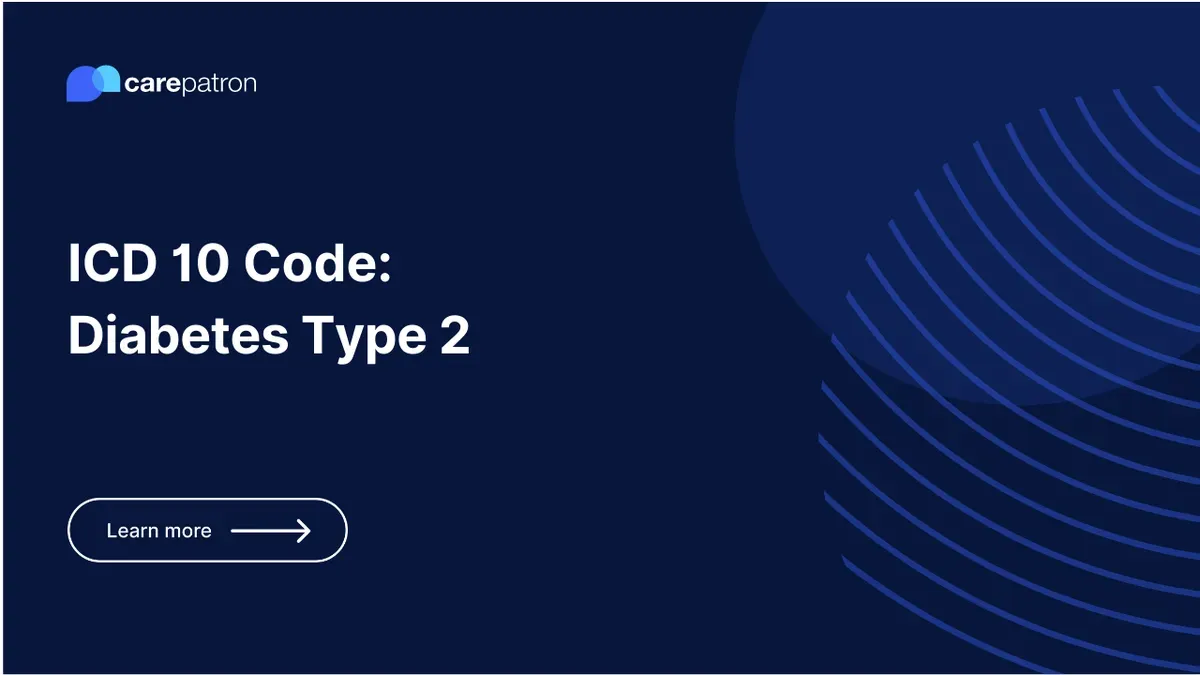
ICD-10-CM Codes for Diabetes Type 2 | 2023
Looking for ICD-10 codes used for diabetes type 2? Check out our short guide to learn more about their clinical information, billability, and more
Use Code
Commonly asked questions
You can use any of the codes after you confirm the diabetes type and determine any possible complications with tests.
Most of the diabetes type 2 codes are billable. It is recommended, however, that you double-check if the code you will use is billable. For more information, refer to the “Which Diabetes Type 2 ICD codes are Billable” section above.
Rather than cure, treatments are provided to manage one’s condition. Some of them are to monitor one’s blood sugar, take medications/insulin, and live a healthier lifestyle.
EHR and practice management software
Get started for free
*No credit card required
Free
$0/usd
Unlimited clients
Telehealth
1GB of storage
Client portal text
Automated billing and online payments
